Four years after the forest fires in Val di Susa, on the border between Italy and France, the local cooperative La Foresta is mobilising to reduce the damage to the forest by exploiting wood in all its forms.
By Martina Valentini
Witnesses remember the days of the fires as an "apocalypse" with darkness, smoke and flames threatening their homes. Four years after the fires hit Val di Susa, residents of Mompantero, one of the epicentres of the disaster, are still reliving the events of that night. The swift evacuation and harrowing feelings are still hard to put into words. When the last fires were put out at the end of October 2017, the mountain showed its wounds with thousands of hectares of burnt trees, a huge amount of fallen timber, the danger of new fires and the high risk of soil erosion.
In short, the situation was critical. But the inhabitants of this beautiful valley on the outskirts of the province of Turin were not resigned. Mobilisation and hard work have always been part of their lives. Today, the affected area is recovering and the natural disaster is turning into an opportunity for good practice in sustainable development.
Saving raw materials and reducing waste
"In order to prevent new fires, we had to remove much of the fallen timber immediately," explains Giorgio Talacini, a member of La Foresta di Susa cooperative. "At the same time, we started erosion control work using some of this wood. This allowed us to start the smartest possible strategy - the prevention strategy. It is essential to prevent emergencies - it costs less than eliminating the consequences and, most importantly, the forest is preserved."
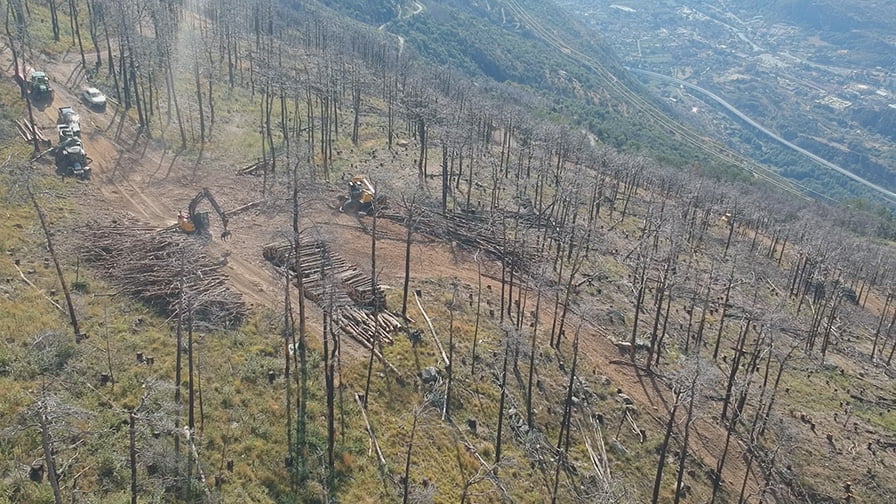
The cooperative works successfully in two ways, making maximum use of wood raw materials and significantly reducing wood waste. Both objectives are achieved with the Wood-Mizer thin-blade saw technology. At the sorting yard, La Foresta operators select logs and distribute them according to their characteristics. Here the logs are cut to the desired length. From the forest, which covers more than 200 hectares, the wood is transported about 15 km to the town of Susa, where it is sorted. The valuable parts are sent to the sawmill and the less valuable material is used to produce wood chips. "With the Wood-Mizer saw, we can make the most of the wood harvested after the fire," explains Talachini. "The highest quality wood is used to make furniture, tables and chairs or to create interior elements."
LT40 sawmill helps reduce wood waste
The main woodworking machine is the Wood-Mizer LT40 band saw, which can provide high output and withstand many hours of work. The saw can cut logs up to 90 centimetres in diameter and over eight and a half metres long. In addition, the saw offers high cutting accuracy with minimal sawdust produced. The saw is equipped with a Setworks electronic blade adjustment device to quickly produce the required plank thickness and a water reservoir to lubricate the blade to keep it clean during cutting. The thin-cut sawdust is only 2 mm thick; therefore, more planks and less sawdust are produced from each log, which the cooperative appreciates because attention has always been paid to the economical use of valuable wood raw materials. "Our task is to create finished wood products, and the sawdust produced is sent on for use in bioenergy," says Talachini. "In this way, we achieve waste-free production."
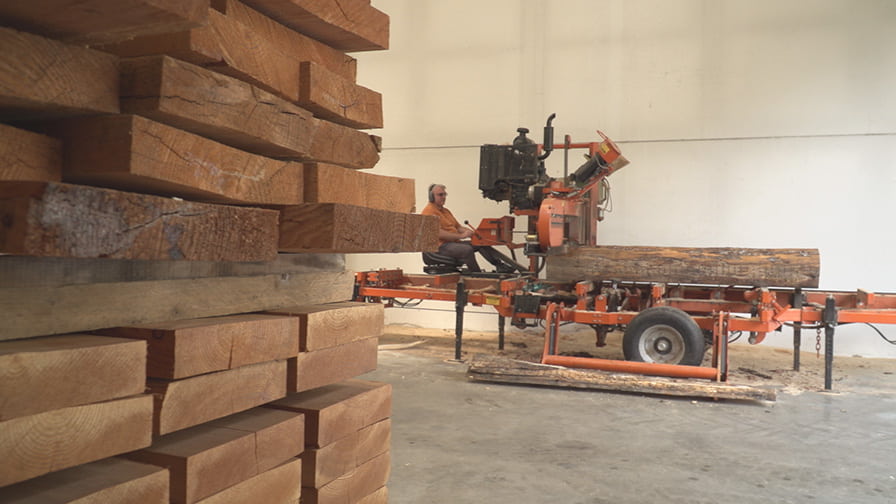
La Foresta and Wood-Mizer: Working together for a common future
La Foresta Cooperative in Val di Susa has been operating since 1995 serving the local infrastructure, mainly in disadvantaged areas that can only be reached by special means of transport such as cable cars, excavators and helicopters. The main aim of the activity is sustainable forest management, achieved through compliance with quality standards, the use of highly efficient equipment with low levels of waste and adequate training of operators. And Wood-Mizer has been supporting La Foresta for 15 years.
"We chose a Wood-Mizer saw after evaluating a wide range of alternative technologies. After many years of cooperation, we are satisfied with the excellent performance of the machine, the after-sales service and the opportunity offered, thanks to our relationship with the company and the desire to always be up to date with new market trends," says Talachini. "Our collaboration continues to develop. We recently purchased a Wood-Mizer planer/profiling machine for secondary wood processing."
The importance of adding value to the product
The use of quality equipment - Talachini believes - is the key to thriving in a market where product improvement is becoming fundamental. In recent months, the business has been hit by a strong upward price trend that has swept the commodity market, reaching an all-time record price of over 600 EURO per cubic metre of wood. The trend eased in September, leaving room for a price correction. But experience shows that cost volatility is always a potential pitfall for small companies. "Increasing the value of the product is fundamental," concludes Talachini. "We operate locally, but we have to deal with prices that are determined globally. Therefore, we need to create more added value so that the cooperative can grow and sell successfully.
More stories like this can be found on the page: https://woodmizer.ro/articles

















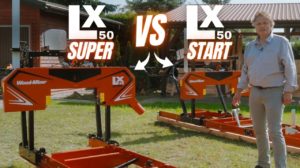

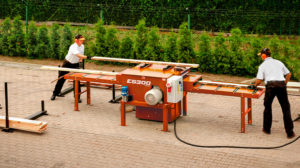
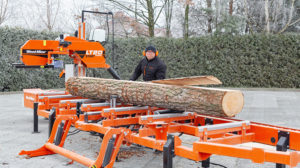
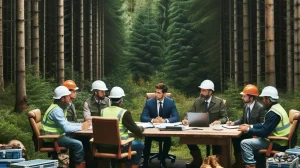
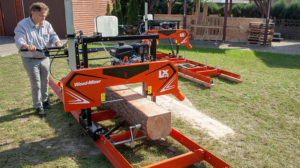
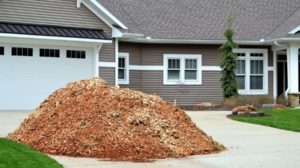
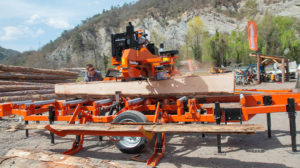
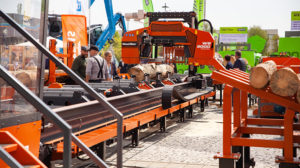

Add comment